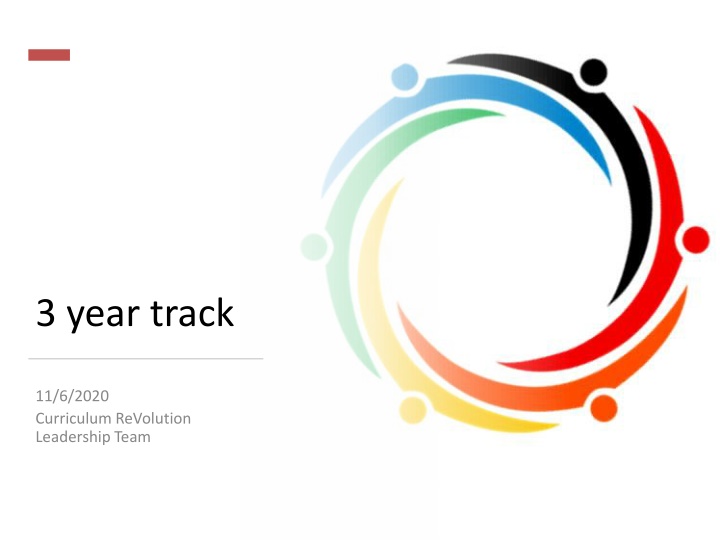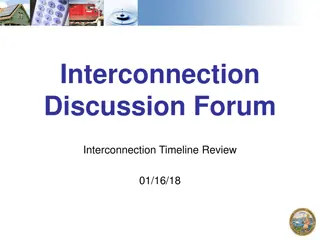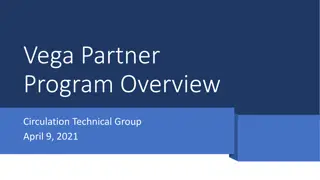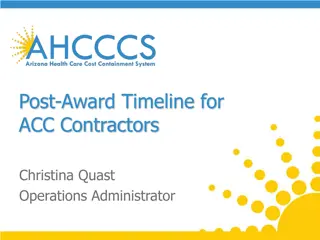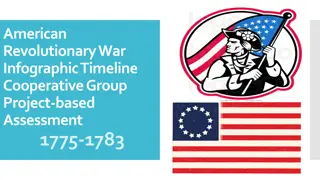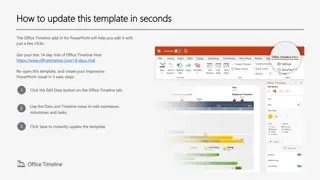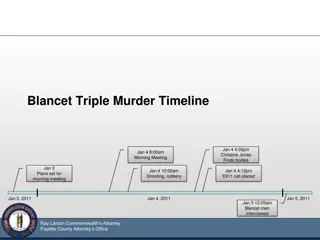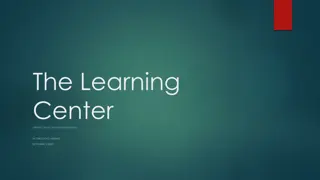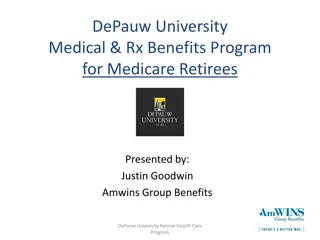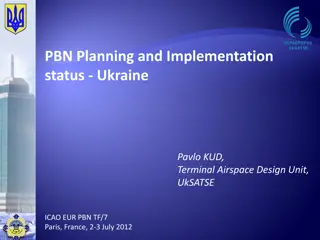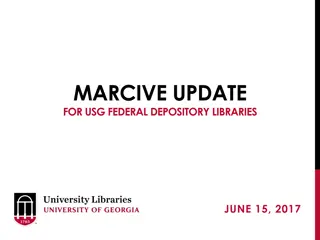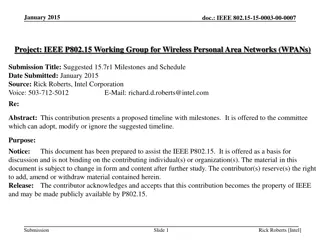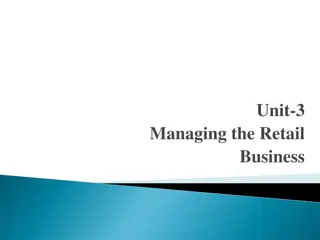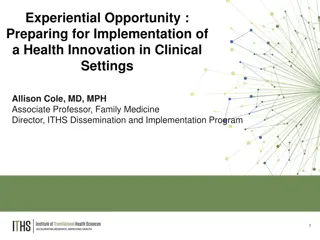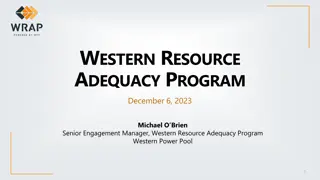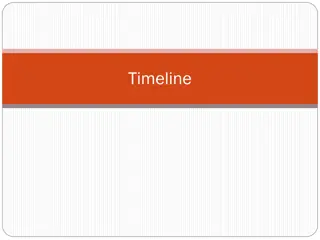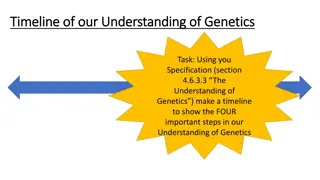3-Year MD Program Benefits & Implementation Timeline
Implementing a 3-Year MD program offers benefits like cost savings, faster physician availability, and tailored pathways for students. The process involves formalizing the mission, curricular design, and residency partnerships. A draft timeline outlines key steps from team design to final implementation pending LCME approval.
Download Presentation

Please find below an Image/Link to download the presentation.
The content on the website is provided AS IS for your information and personal use only. It may not be sold, licensed, or shared on other websites without obtaining consent from the author.If you encounter any issues during the download, it is possible that the publisher has removed the file from their server.
You are allowed to download the files provided on this website for personal or commercial use, subject to the condition that they are used lawfully. All files are the property of their respective owners.
The content on the website is provided AS IS for your information and personal use only. It may not be sold, licensed, or shared on other websites without obtaining consent from the author.
E N D
Presentation Transcript
3 year track 11/6/2020 Curriculum ReVolution Leadership Team
The big picture Our tasks Agenda Working groups Next steps
Why a 3 Year MD Program? More students enter medical school with related experience Financial benefit: lifetime savings of $250,0001 Provides physicians faster for predicted physician shortage Offers individualized pathways matched to student goals (dual degrees, links to specific fields) Provides alignment with specific residencies and programs Drives innovation in medical education Fosters competency based learner assessment 1Weiner S. AAMCNews. Friday, March 29, 2019. Available online at https://news.aamc.org/medical- education/article/med-school-3-years-future-medical-education/ . Accessed 4/10/19.
The Big Picture: Programming and Assessment Acceptance and Transfer 3 year track will align with generalist disciplines and our own residency programs meeting the needs of the Commonwealth and our Healthcare System Equity and Support Residency Partnership
Process 1. 2. 3. 4. 5. Formalize mission Draft goals and objectives Identify curricular model (130 weeks) Forge residency alliances (?affiliates) Define acceptance, promotion, deceleration, remediation and transfer criteria Design mentoring model Define necessary resources Apply for LCME (insert anticipated date; Dec 2021) 6. 7. 8. Adapted from Medical Education online 2017
Draft timeline Team design begins September 2020 Program director outreach and GME team invitations -- November 2020 - involved in planning; involved in first wave of implementation Step 1 adjustment - November 2020 Modeling -- Nov - Jan 2021 Present to SOM advisory committee - by Jan 2021 EPC presentations begin March 2021 Final EPC focus on 3 year September 2021 (final implementation pending LCME report from 2020; may delay to 2023 implementation) POST LCME APPROVAL TIMELINE
Should we consider a 3-year track specifically designed for students from backgrounds underrepresented in medicine? Clarify our Mission Would this model accept students from outside that demographic?
Three Year Track Design Questions When do students apply? What are characteristics? How do we promote equitable enrollment and ongoing support? Does the foundational curriculum need to be augmented? What is the clinical/clerkship model? How do we connect with Capstone and HSC/PHC? LPP/LIC? Clinic alignments? How do we build advocacy and engagement experiences? What are benchmarks for progression? Deceleration? Transfer? Board timing? What is the Advisory/Committee support structure?
3 Year MD Track draft 18 3 Year MD Track draft 18 mos mos
Longitudinal Assessments Competencies NBME (pre-clinical and clinical) EPAs Milestones?
Accreditation issues LCME considers this a parallel curriculum Core, comparable graduation competencies, objectives and assessments Institutionally agreed-upon educational rationale Can have additional objectives or competencies 130 weeks required Aug to Aug = 48 (4 wks vac); Aug to end Feb = 27 (2 wks vac); March to May = 12 (1 wk vac); June to May = 48 (4 wks vac): total 135 wks Submit earliest submission Dec 1, 2020 for consideration at Feb LCME mtg Goal implementation in 2021 for students entering in 2022
Admission Process Student Profile Expresses a strong commitment to a specific Generalist Discipline Exhibits mature behavior to complete an accelerated MD program Has a strong academic record predictive of success Application Processes 1. Secondary application with MD application 2. Must be accepted to MD program first 3. During M1 year 4. After M1 year 5. Anytime during M2 6. After PhD
Existing Global health Rural health Urban health Clinical and Translational Research Baseline Clinical care Leadership Biomedical Innovation, Design, Device development Diversity LGBTQ care, race/bias HSS (QI, HCP) Humanities Community engagement Education (patient, peers, community, medical education) Simulation Advocacy (community, political) Care of vulnerable populations LatinX health/Spanish immersion How to align with Pathways? Is this its own pathway?
Block-based, Single Pass, 18-month Foundational Curriculum Each student selects a Pathway (spring year 1) -- relates to Capstone and other experiences 1-week Healthcare Delivery Systems/Pathway experience spring year 2 Redesigning Core Clinical Experiences (clerkships +, integrated interstitial) Step 1 likely to move into/after 3rd/clerkship year (supports purposeful integration in CCE) 2-week service learning/health systems/population experience in fall year 3 3-year MD track
Typical Week Do we utilize any of this time for 3 year track students?
